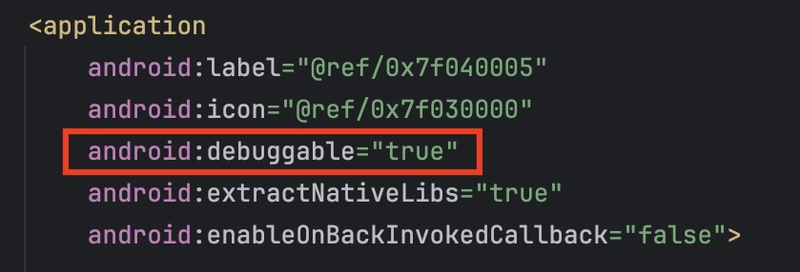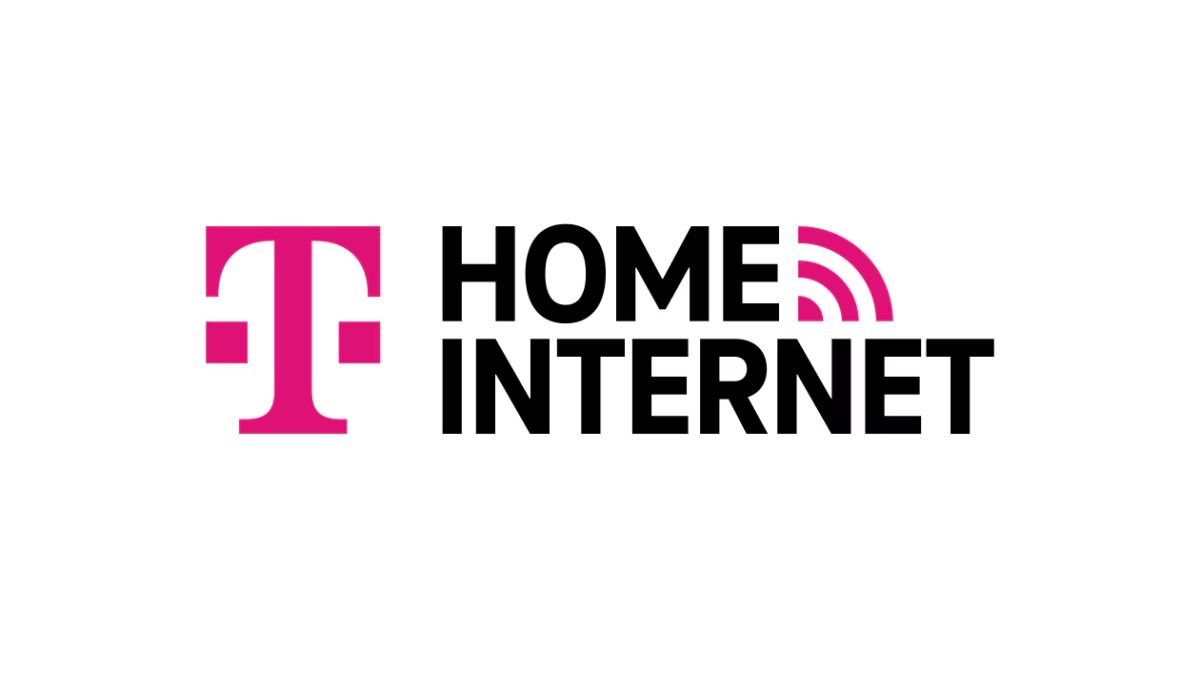Reducing Cyber Insurance Costs – CISO Proactive Measures
The cybersecurity insurance landscape is evolving rapidly, with premiums increasing as threats become more sophisticated and breaches more costly. Navigating this changing environment presents both challenges and opportunities for CISOs and security leaders. Recent industry data indicates that organizations implementing proactive security measures can significantly reduce insurance costs while strengthening their overall security posture. As […] The post Reducing Cyber Insurance Costs – CISO Proactive Measures appeared first on Cyber Security News.

The cybersecurity insurance landscape is evolving rapidly, with premiums increasing as threats become more sophisticated and breaches more costly. Navigating this changing environment presents both challenges and opportunities for CISOs and security leaders.
Recent industry data indicates that organizations implementing proactive security measures can significantly reduce insurance costs while strengthening their overall security posture.
As cyber risks grow increasingly complex, forward-thinking CISOs are now strategically positioning security investments not just as defensive necessities but as business enablers that demonstrably reduce the total cost of risk.
This approach requires a shift from reactive to proactive security leadership—identifying and mitigating vulnerabilities before they can be exploited, while simultaneously satisfying the increasingly stringent requirements of cyber insurers.
The CISO’s Evolving Role in Risk Management
The role of the CISO has expanded dramatically beyond traditional security implementation to encompass broader risk management responsibilities.
Today’s CISOs interact frequently with C-suite executives and board members, leading high-level discussions about security strategy and helping business leaders understand trends and risks impacting the organization.
This expanded scope now includes responsibility for managing cybersecurity insurance costs, which requires a delicate balance between security investments and financial considerations.
Proactive security leadership has become essential, focusing on anticipatory thinking rather than incident response. This mindset helps mitigate risks before they become incidents, reducing the likelihood and potential impact of breaches that could trigger insurance claims.
By demonstrating mature security practices to insurers, CISOs can directly influence premium costs while maintaining their primary mission of protecting organizational assets and enabling business objectives.
Key Proactive Measures to Reduce Insurance Premiums
- Implement a recognized security framework – Adopting cybersecurity frameworks like NIST, ISO 27001, or SOC 2 provides clear guidelines to improve your security posture while demonstrating to insurers that you’re following industry best practices. These frameworks offer a documented trail of security efforts that can lead directly to lower premiums.
- Deploy multi-factor authentication universally – Multi-factor authentication has become a non-negotiable requirement for cyber insurance. Implement MFA across all critical systems, starting with email access and extending to all sensitive applications and data repositories. This single measure can significantly reduce your risk profile and insurance costs.
- Develop and regularly test incident response plans – A well-documented incident response plan shows insurers you’re prepared to handle breaches swiftly, minimizing damage and costs. Regular testing through tabletop exercises and simulations demonstrates preparedness and can reduce recovery time. According to industry research, effective incident response planning can save organizations hundreds of thousands of dollars per breach.
- Conduct comprehensive security awareness training – Human error remains a primary factor in successful cyberattacks. Regular, engaging security awareness training for all employees reduces this risk significantly. Focus on phishing awareness, password security, and properly handling sensitive information to create a human firewall that complements technical controls.
- Implement proactive monitoring and threat hunting – Moving beyond passive defenses to scan for vulnerabilities and hunt for threats actively demonstrates a mature security approach. This includes regular vulnerability assessments, penetration testing, and behavior monitoring to identify anomalies before they become breaches.
These measures strengthen your security posture and directly address the criteria insurers use to calculate premiums.
Implementing them systematically and documenting their effectiveness, CISOs can build a compelling case for lower insurance costs during policy negotiations.
Strategic Alignment of Security and Insurance Requirements
Aligning security investments with insurance requirements requires a strategic approach that quantifies risk in business terms while demonstrating continuous improvement in your security posture.
Conduct a thorough risk assessment identifying critical assets, potential threats, and existing security measures.
Use this assessment to prioritize investments that address both your most significant vulnerabilities and the specific security controls that insurers value most highly.
Effective communication with insurers is crucial—be prepared to articulate your security strategy in terms of risk reduction and to quantify the business impact of your security program.
When presenting to executives and board members about cybersecurity insurance, focus on connecting specific threats to business continuity, revenue, and reputation.
Translate technical security metrics into financial and operational outcomes that resonate with business leaders. This approach helps secure the necessary resources for security investments while demonstrating how these investments directly impact insurance costs.
- Document security improvements systematically – Maintain detailed records of all security enhancements, incident response exercises, and employee training programs. This documentation provides concrete evidence of your security maturity during insurance negotiations and can support requests for premium reassessments.
- Quantify risk reduction in financial terms – Develop metrics that demonstrate the economic impact of your security investments, including potential reduction in breach costs and downtime. These metrics help justify security spending to executives while providing insurers with clear evidence of reduced risk exposure.
By taking a proactive, strategic approach to security that addresses insurer requirements while advancing business objectives, CISOs can effectively reduce cyber insurance costs while strengthening their organization’s security posture.
This balanced approach transforms security from a cost center to a business enabler that delivers measurable financial benefits.
Find this News Interesting! Follow us on Google News, LinkedIn, & X to Get Instant Updates!
The post Reducing Cyber Insurance Costs – CISO Proactive Measures appeared first on Cyber Security News.



































































































































































![[The AI Show Episode 143]: ChatGPT Revenue Surge, New AGI Timelines, Amazon’s AI Agent, Claude for Education, Model Context Protocol & LLMs Pass the Turing Test](https://www.marketingaiinstitute.com/hubfs/ep%20143%20cover.png)































































































































![[DEALS] Koofr Cloud Storage: Lifetime Subscription (1TB) (80% off) & Other Deals Up To 98% Off – Offers End Soon!](https://www.javacodegeeks.com/wp-content/uploads/2012/12/jcg-logo.jpg)











































































































































_Muhammad_R._Fakhrurrozi_Alamy.jpg?width=1280&auto=webp&quality=80&disable=upscale#)
_NicoElNino_Alamy.jpg?width=1280&auto=webp&quality=80&disable=upscale#)































































































![What Google Messages features are rolling out [April 2025]](https://i0.wp.com/9to5google.com/wp-content/uploads/sites/4/2023/12/google-messages-name-cover.png?resize=1200%2C628&quality=82&strip=all&ssl=1)












![M4 MacBook Air Drops to Just $849 - Act Fast! [Lowest Price Ever]](https://www.iclarified.com/images/news/97140/97140/97140-640.jpg)
![Apple Smart Glasses Not Close to Being Ready as Meta Targets 2025 [Gurman]](https://www.iclarified.com/images/news/97139/97139/97139-640.jpg)
![iPadOS 19 May Introduce Menu Bar, iOS 19 to Support External Displays [Rumor]](https://www.iclarified.com/images/news/97137/97137/97137-640.jpg)

































































































